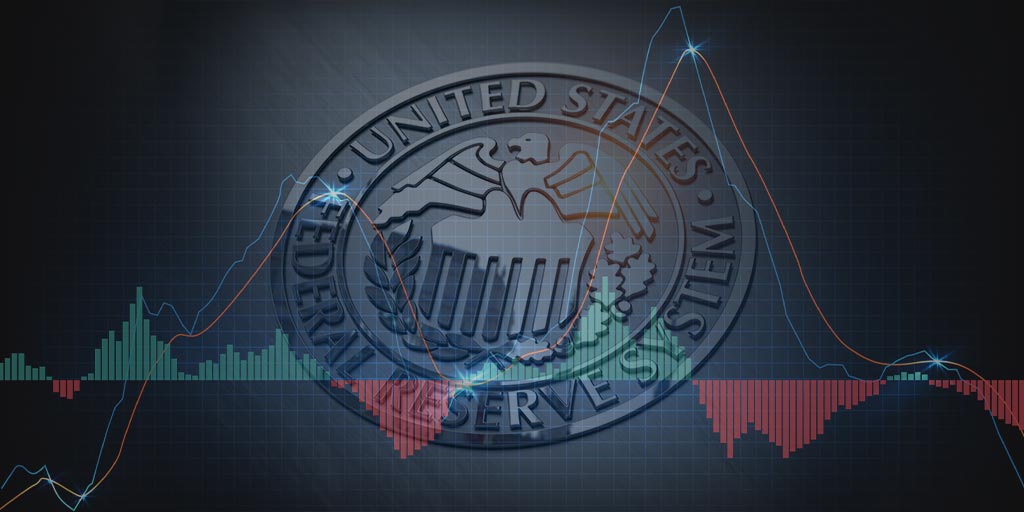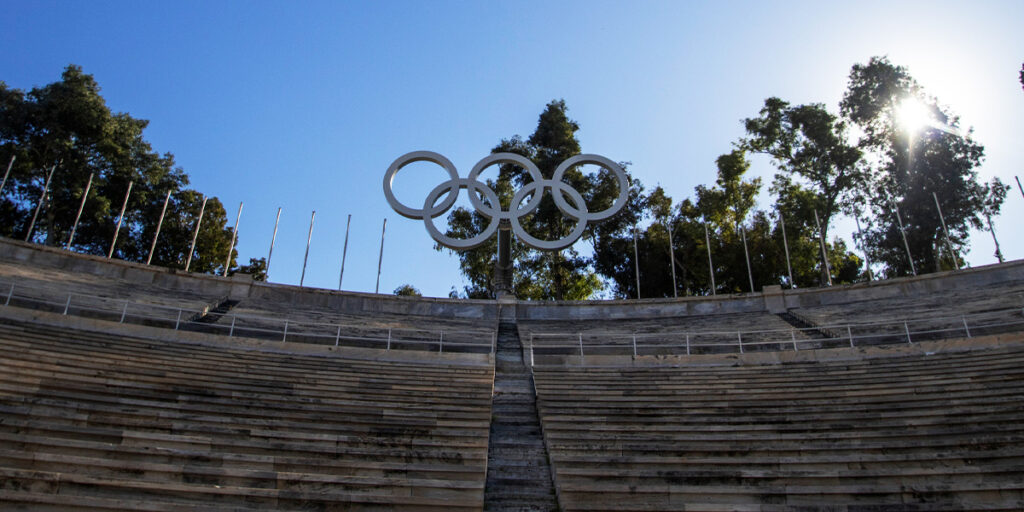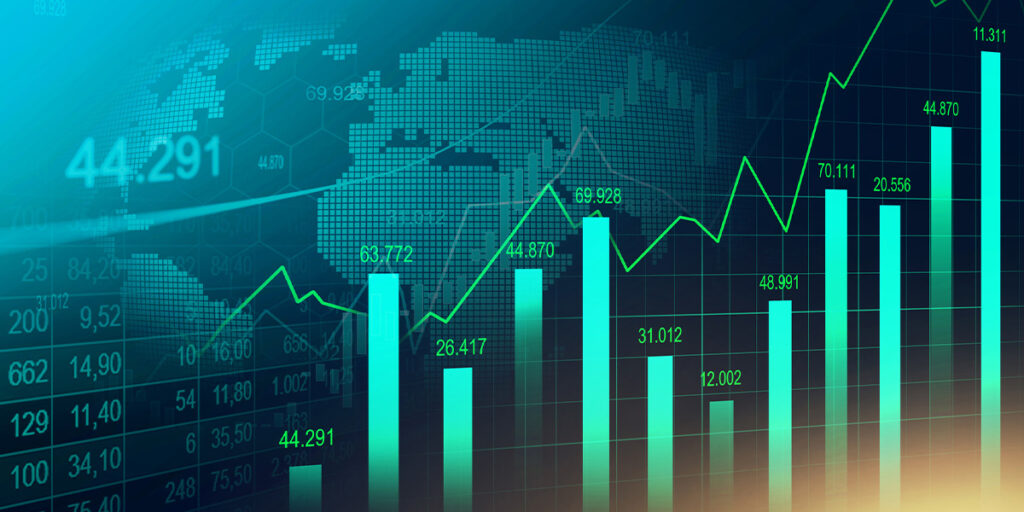This was a brutal week for investors. There’s no sugarcoating it. There has been plenty of corrective price action in these first four months of 2022. The Market has a way of correcting in both price and time. There’s been a lot of sideways action with a downward bias. The Dow and S&P are back to where they were in January. It’s also levels they first reached back in October. The Stock Market had a lot of work to do to burn off the excesses and euphoric enthusiasm from a year ago. It’s gone a long way in that direction.
The Fed torpedoed a rally attempt this week. There has been a complete reversal in monetary policy from 2020 and 2021. The Federal Reserve went from doves to hawks in an instant. After providing unprecedented support and liquidity in response to Covid regardless of cost, the Fed is now trying to slam on the brakes to combat inflation. The emergency measures of “whatever it takes” to save the Financial System and the Economy from Covid are completely over. Interest rates are no longer at zero and excess liquidity pouring into assets is running dry. Now, a relentlessly hawkish Federal Reserve is ramping up what appears to be a major interest rate hike campaign to fight inflation, one that would have been considered unthinkable just 2 months ago. The big risk is the Fed is too late.
There’s talk now that the Fed will hike the overnight rate by ¾ of a point in both June and July after what’s expected to be a ½ point hike in May. That would bring the Fed rate up to 2.25% in short order. These new expectations are creating a bit of a shock to the system after an extended period at zero. The Fed actions have been extreme, in both directions, which has created some serious Market turbulence. Whatever it takes comes at a cost. Investors are picking up the check. It’s being paid today, and the Market is rattled.
It’s important to understand that the Fed was a significant contributor to these inflationary pressures. Money had never been that cheap or accessible. It stimulated growth at a time it was needed. That was intended. But there are unintended consequences too. Cheap and readily available money also triggered speculation and reckless behavior. The Economy, Real Estate and the Stock Market ran hot. Asset prices soared. Speculation took off in hyper growth stocks. That speculation fell flat. This was in play well before Russia invaded Ukraine. The American Central Bank is now trying to cool things down, attempting a soft landing. That means it is trying to slow the Economy without causing a recession. It is a goal which is extremely challenging. There’s a narrow path. It has already been a bumpy ride. More bumps are expected.
Fed Chair Powell sent stocks cascading lower on Thursday when he said there was “merit in front-loading tightening with the current upside risks to inflation and a historically tight labor market.” The Fed is behind the curve and has been for a while. They’re now desperately trying to play catch-up. But that curve, as measured by Treasury yields, is still inverted. The 5-Year Treasury yield is higher than both the 10 and 30-Year Bond. That is not normal. It’s a sign of discontinuity and potential trouble ahead.
The Market is now pricing in a 90% probability the Fed Funds rate will reach 3% by year’s end. Remember, it started the year at zero. That would be the biggest annual move since 1994. Some on the Street think the Fed could hike rates to as high as 5% by the time it’s done tightening, a level not seen since 2006. That seems highly unlikely. We still think the Fed is going to have to stop this rate-hike campaign even sooner, as the risk of it tipping the United States and the rest of the world into recession next year keeps building. Europe is likely already in recession. High energy prices and the war in Ukraine triggered that. China’s self-imposed Covid lockdown is also driving things in that direction.
Importantly, 1994 was considered a success for the Fed. It effectively cooled an overheated Economy which set up a generational economic expansion into the year 2000. Prosperity was high, as was the Stock Market. That led to the Dot-com bubble burst. Today has some similarities, but many differences. The asset bubble-like conditions from 2020-21 have already burst, which has and still is putting serious pressure on the Stock Market. The 1994 Fed was quicker to act in advance. Today’s Fed has been much more complacent and reactive. It wasn’t that long ago that the Fed referred to the inflationary pressures as transitory. Housing is the one area yet to be touched. But evidence suggests Housing is next.
Housing matters to the US Economy. Home prices across the country increased 19% in aggregate year-over-year, with every region reaching an all-time high. This was driven by cheap money, low supply, and the migration out of cities in response to Covid. It’s important to remember that the value of the home has a very tight and positive correlation to consumer spending. People feel wealthier and tend to spend more when their home price is rising. It cuts both ways. When the price of your home declines, it has the opposite effect. Consumers spend less. All-in, Housing accounts for nearly 1/4 of US Gross Domestic Product. It measures a combination of investment in building new homes, existing homes, home-improvement/housing-related transactions, and rents.
The Housing Market has been white hot. Cheap money has been the fuel. Supply simply can’t keep up with demand. Inventory is near all-time lows. There aren’t enough houses. Recent data suggests there is only 2 months supply of homes for sale in the United States. That is well below a typical balance of 6 months of inventory. You can see, basic economics are at play: More demand than supply means higher prices. And money has been chasing houses up up up from coast to coast. All cash deals, well over asking, have become common. It’s borderline crazy out there.
There are signs that a cooling in Housing is near. The jump in interest rates means the price of money has gone higher. 30-Year mortgages are over 5%. Last year, they were under 3%. Monthly mortgage payments on new loans have increased 26%. That’s happened in a period where the home prices themselves have increased near 20%. The best cure for high prices is… high prices. Ultimately, you see demand destruction, regardless of supply. A 5% mortgage buys a lot less house. And if you’re a renter, it’s perhaps even worse. Rents are up nearly 40% across the country. This on top of higher gas and food prices. You can see the risk to the Economy and the challenge ahead for the Fed.
Back to the Market: An important theme in this current Earnings Season is demand. Corporate America continues to highlight the strong consumer. Balance sheets are in solid shape too. Americans are out and about and traveling again. United Airlines expects to turn a profit again this year, with the strongest customer demand in decades. Delta Airlines went as far as to say that flight demand is at a historic high. It just experienced its best monthly sales ever in March, surpassing the previous record from the Spring of 2019. The air traffic is buzzing despite airfares that are up 40% since December. The CFO at trucking company JB Hunt said demand is the strongest she has seen in her 27-year career at the company. Johnson & Johnson also highlighted a material improvement in elective surgeries. These got pushed out due to Covid.
Tech stocks have been hit particularly hard in this correction. Expensive and unprofitable stocks have suffered the most. High Quality and Defensive areas have held in relatively well. The Tech Titans have both of those qualities. But even they got hit this week. They’re often the last to go before a bottom can be found. It’s that sell what you can, not what you want situation. Apple, Amazon, Microsoft and Google all report earnings next week. Expectations have gotten pretty low of late, with fears on the rise. What they do and say will go a long way to influence the next stage of this Stock Market cycle. One thing is certain: It will be Market moving.
We’ve been aggressively playing defense since January. That defensive positioning remains. We’re holding in just fine. It’s not fun; Far from it. But it’s working. Investor sentiment in April has hit lows not seen in 3 decades. It’s lower than it was during the Covid crash, the Financial Crisis and the Dot-com bubble bursting days. Now that is saying something. That actually really surprised me. It’s really sour. Sentiment is generally a contrarian indicator. It’s historically a positive sign to see such negativity, which comes with bottom formation. It comes with aggressive selling and ultimately capitulation. We see this as one important input. But it’s not enough to make us really bullish right now. We’re not there yet. Long-term investors often have to deal with short-term issues. That’s where we are. That’s where opportunity lives. How the Fed responds will be big. We’ll get through it. We’re ready for whatever comes our way.
Have a nice weekend. We’ll be back, dark and early on Monday.
Mike







